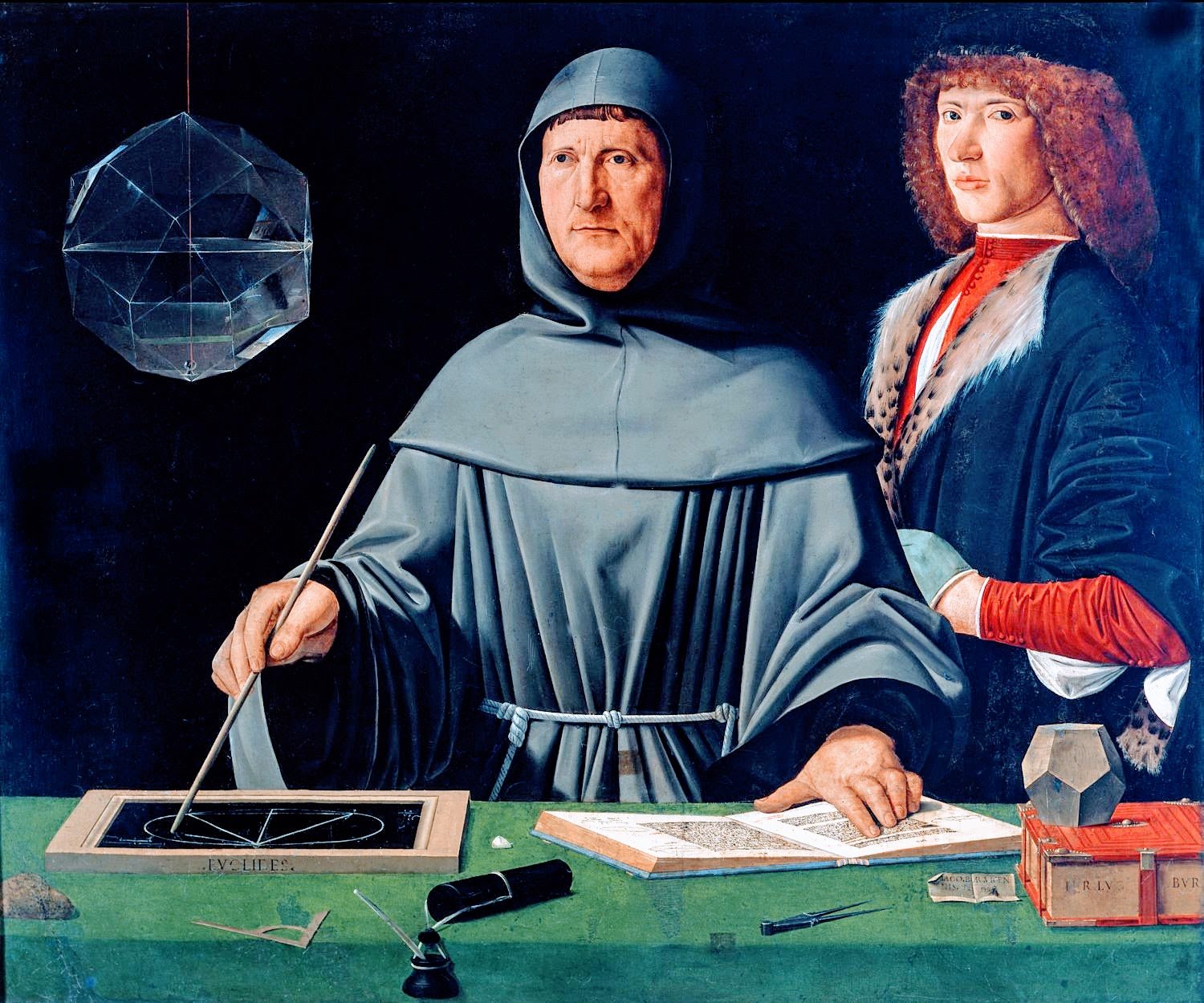At Stanford University, a research team has leveraged the power of artificial intelligence (AI) and functional magnetic resonance imaging (fMRI) to create "digital twins" of students facing difficulties in math. This groundbreaking work offers unprecedented insights into the brain mechanisms underlying math learning disabilities, a challenge that affects as many as one in five American students.
"Our study builds on decades of behavioral and cognitive neuroimaging research aimed at understanding the brain and cognitive foundations of learning disabilities in children," explained Vinod Menon, a professor of psychiatry and behavioral sciences at Stanford University. "The emergence of new AI tools has allowed us to explore these questions with greater depth and mechanistic understanding."
In a paper published in the journal Science Advances, Menon, alongside co-authors Anthony Strock, a Stanford postdoctoral scholar, and Percy Mistry, a social science research scholar, introduced what they term personalized deep neural networks. These effective digital "twin brains" can simulate how individual children approach math problems and pinpoint computationally where breakdowns occur in the brains of those with math learning disabilities.
Menon and his colleagues discovered that these AI models could accurately mirror their real-world counterparts' precision and learning speed by adjusting a single neurological parameter: neural excitability, which essentially reflects the intensity of brain cell firing. Gaining such neurological understanding has historically been challenging in living subjects, often requiring intrusive electrode placement to measure neural activity. Consequently, the precise neurophysiology of learning and learning disabilities has remained largely elusive.
"Contrary to our initial expectations, and those of others, we found that excessive neural activity — rather than insufficient activity — is a central issue in learning difficulties," Menon stated. "Children who struggle exhibit signs of hyper-excitability in brain regions critical for numerical thinking, and the AI twins replicated these patterns precisely."
The educational implications of this research are substantial. Digital twins will enable researchers to test neurological mechanisms in silico — on a computer — for each child, providing a window into the brain-level causes of learning struggles.
For educators, digital twins could pave the way for personalized learning plans, meticulously crafted to suit a student's unique learning style, and even predict the most effective instructional approaches for each individual learner. Menon and his team are currently expanding their models to create even more intricate neurological simulations of mathematical reasoning.
Menon emphasizes that children with learning disabilities may require considerable additional training to address performance deficits. However, he also cautions against over-interpreting the current results, noting that the model requires further refinement. While more work lies ahead, this research certainly points toward promising new directions for future investigation.

Picture: Renaissance Mathematics (portrait of Luca Pacioli with a student) - (Wikimedia)



